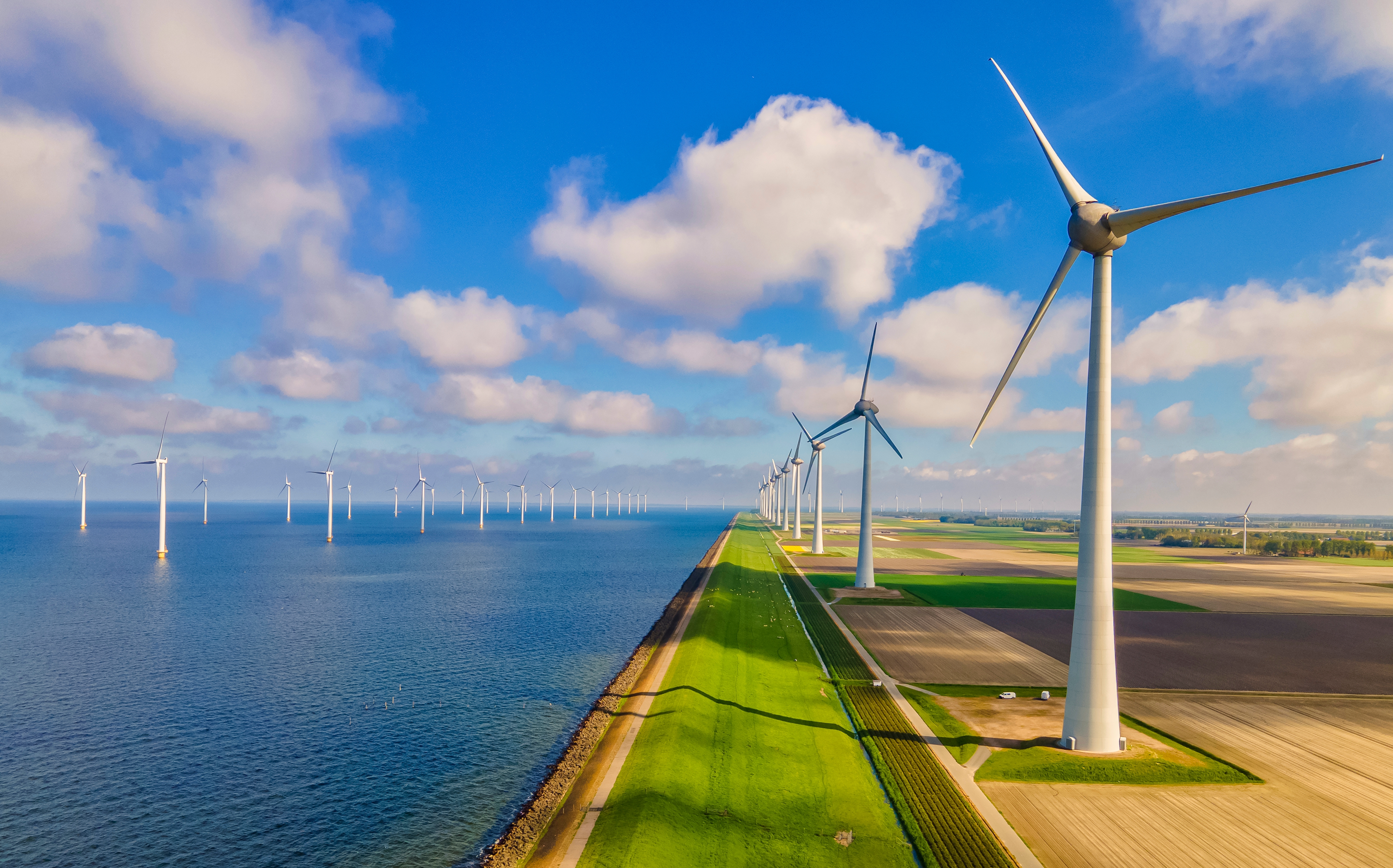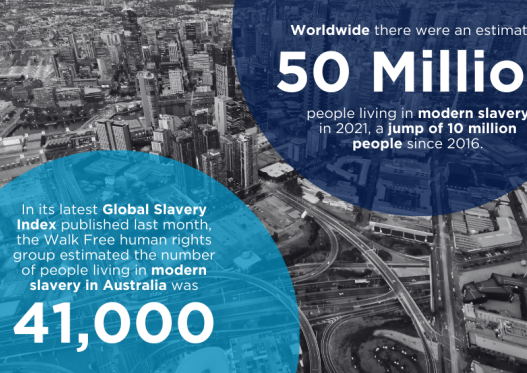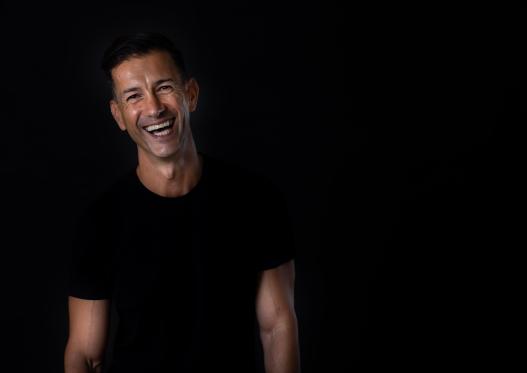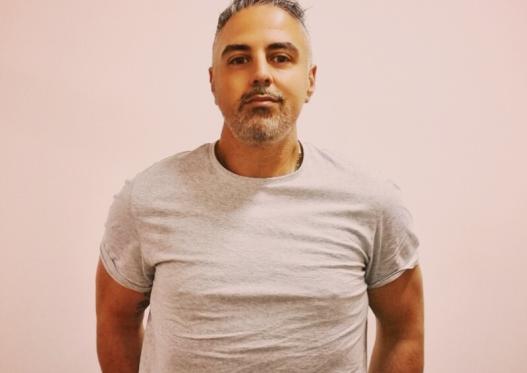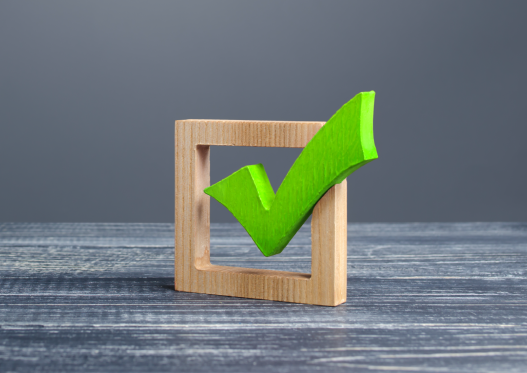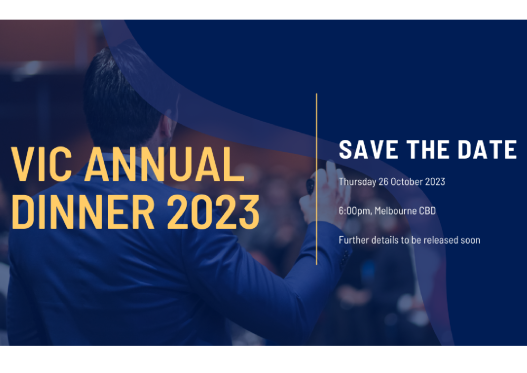KGAL Portfolio Manager Sustainable Infrastructure Carsten Haubner said Australia could learn lessons from European regulators who implemented a classification system with a sliding scale of sustainability.
Growing demand from institutional and retail investors to ensure their money isn’t having a detrimental impact on the environment means there is a need to be certain of just how green their investments are, he says.
“We have a unique situation in Europe where the European Commission introduced the taxonomy in regard to sustainable business activities,” he said.
“In combination with the Sustainable Finance Disclosure Regulations, this leads to a situation where in the European market you have strong transparency, almost like a classification system.
“Because it's coming out of a disclosure regulation, it has evolved in the way market participants recognise it.”
Carsten, whose firm has been active in the real asset space for half a century in real estate, aviation and infrastructure and with a growing focus on ESG over the last decade, said the statements take the risk out of deciding if investment strategies are sustainable or not.
“Under the SFDR, you classify financial products into three categories of different levels of sustainability, with the highest level of this classification, the so-called Article 9,” he explained.
The big benefit is that it takes the risk away from the investor buying into a sustainable product that later turns out to be non-sustainable, he adds.
“You always have this independent externally monitored classification on top of the product.
“I think this is something quite unique to the European market environment because I'm not aware of any other regulation around the globe basically providing this benefit.”
But he is confident everyone involved in energy renewables – regulators, investors, asset managers and audit firms – are on a learning curve and moving in the right direction to meet the requirements and the benefits of the SFDR ‘in a direction that it really will cause benefits’.
“This is what it's aiming for, right?
“Creating transparency for the investor – that money spent on a product really fulfills sustainable goals.”
KGAL – which holds assets of around €3.2 billion in the renewable energies sector and currently has 72 solar power plants, 51 wind farms and 4 hydroelectric power plants in the portfolio – will be launching a feeder fund for Australian institutional investors in October.
Download the FINSIA Podcast here



